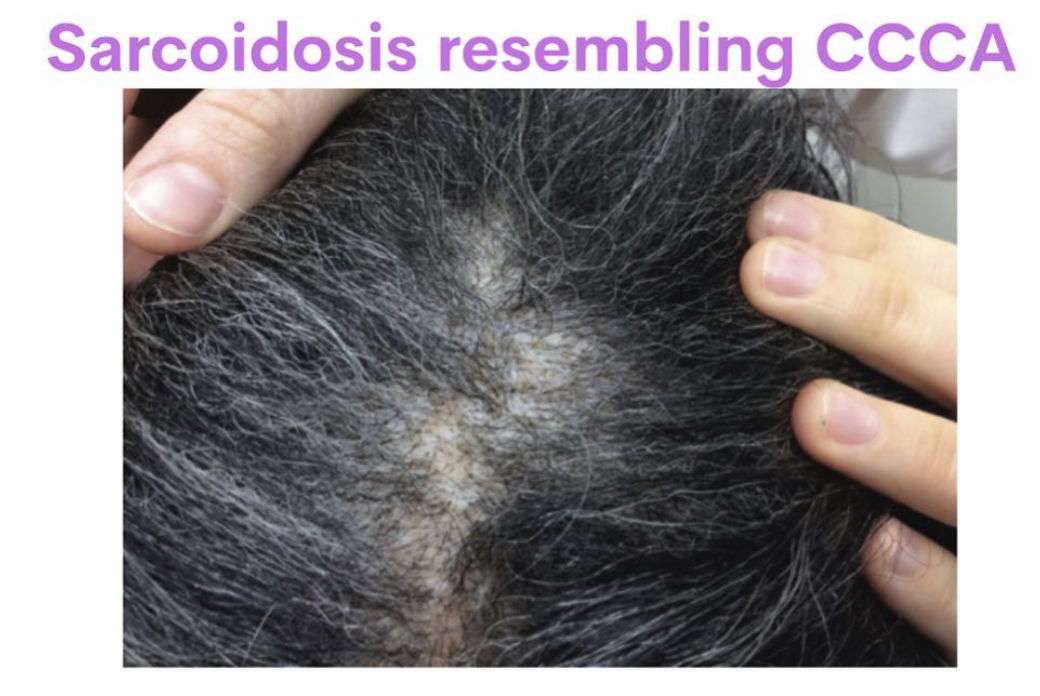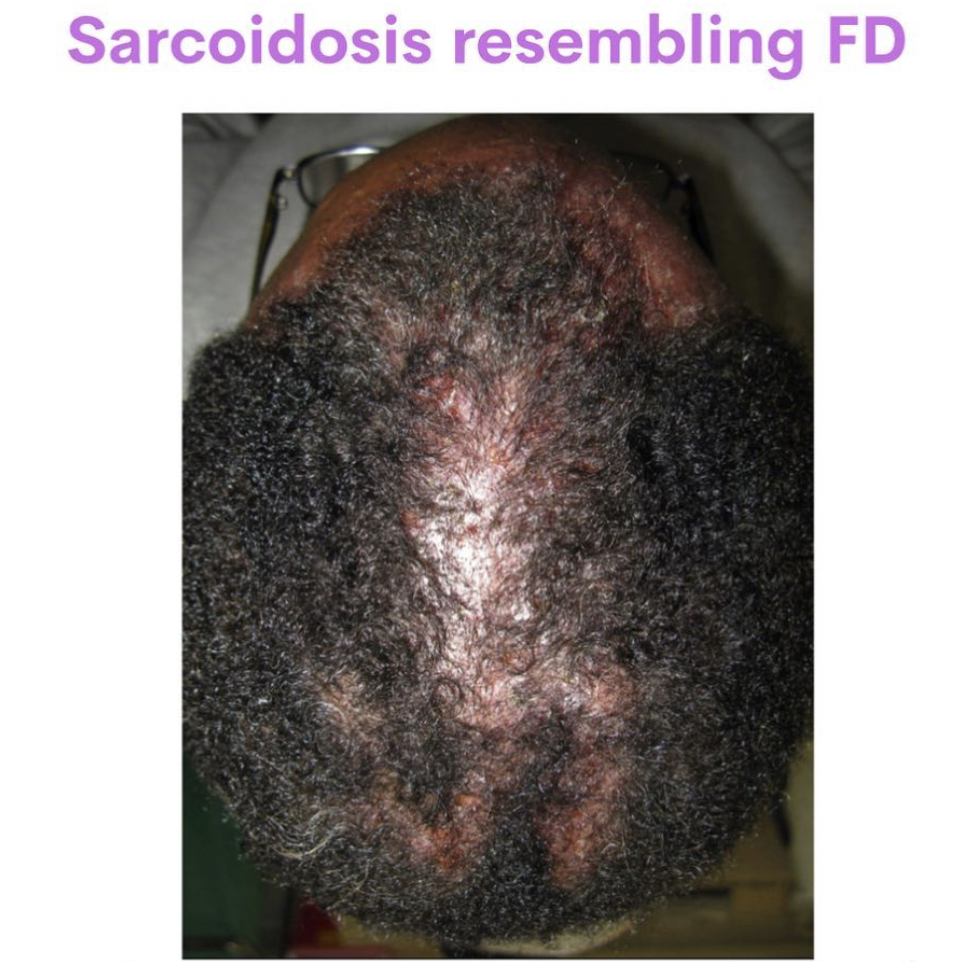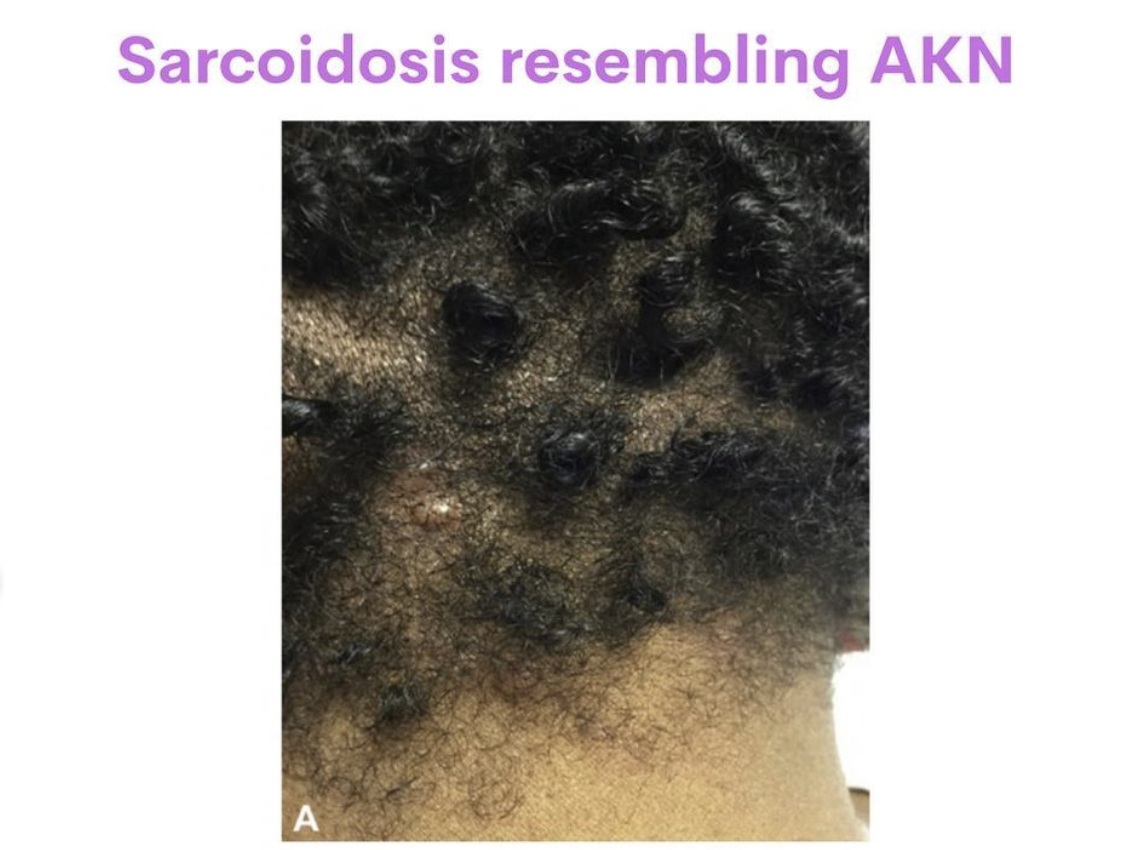Sarcoidosis - A great mimicker
Sarcoidosis can Resemble a Variety of Conditions
Sarcoidosis is an inflammatory disease that affects multiple organs of the body. The precise cause is unknown. Almost every subspecialty of medicine will treat patients with sarcoidosis because of how it can affect so many different organ systems. The lungs and the lymph nodes are most commonly affected and so are the eyes. In fact, 90 % of patients with sarcoidosis have lung involvement. The liver, nervous system, heart and kidneys can all be involved by sarcoidosis. About one-third of patients with systemic sarcoidosis will have skin involvement.
The key to the diagnosis of sarcoidosis is the finding of a specific pattern of inflammation on biopsy (of whatever organ is being biopsied) known to pathologists as “non caseating granulomas”
A very small proportion of patients with sarcoidosis are asymptomatic. About 50% have “lung symptoms” of some kind (like shortness of breath, cough). Some patients have fever and weight loss. Of course, a variety of other symptoms are possible depending on the organ affected.
Scalp sarcoidosis is quite uncommon. In fact, there has been less than 50 cases published in the medical literature so far. Many of these cases have been African American women who have systemic involvement. Scalp sarcoidosis may be non-scarring or scarring. It is more likely to be a scarring alopecia than a non-scarring alopecia.
A high index of suspicion is key to diagnosing scalp sarcoidosis. Are there other skin rashes, lumps or bumps? Does the patient have lung, heart, nervous system, kidney or joint issues? These are important tip offs to the diagnosis- especially the presence of lung disease in the patient. It’s usually the scalp biopsy the confirms the diagnosis. There are trichoscopic features like lack of follicular ostia, red-orange color, capillaries, brown dilated ostia, dystrophic hairs, cicatricial skin spots.
Sarcoidosis is a fascinating mimicker of many hair loss disorders. Examples are shown here including sarcoidosis resembling central centrifugal cicatricial alopecia, sarcoidosis resembling folliculitis decalvans and sarcoidosis resembling acne keloidalis.
Scalp sarcoidosis resembling central centrifugal cicatricial alopecia. The patient had a history of lung sarcoidosis and had skin lesions consistent with cutaneous sarcoidosis. Image from Prohaska J et al. Scalp Sarcoidosis Presenting as Cicatricial Alopecia. J Am Osteopath Assoc . 2018 Dec 1;118(12):824-826. Image used with creative commons license.
Scalp sarcoidosis in a patient first mistaken for folliculitis decalvans. Image from House NS et al. Sarcoidosis-induced alopecia.Dermatol Online J 2012 Aug 15;18(8):4. Used with creative commons license -
A patients with scalp sarcoidosis mimicking acne keloidalis. Image from Roche FC et al. Sarcoidosis: An atypical mimicker of acne keloidalis nuchae. JAAD Case Rep. 2020 May; 6(5): 397–399. Used with creative commons license.
REFERENCES
Prohaska J et al. Scalp Sarcoidosis Presenting as Cicatricial Alopecia. J Am Osteopath Assoc . 2018 Dec 1;118(12):824-826.
House NS et al. Sarcoidosis-induced alopecia.Dermatol Online J 2012 Aug 15;18(8):4.
Roche FC et al. Sarcoidosis: An atypical mimicker of acne keloidalis nuchae. JAAD Case Rep. 2020 May; 6(5): 397–399.
This article was written by Dr. Jeff Donovan, a Canadian and US board certified dermatologist specializing exclusively in hair loss.



